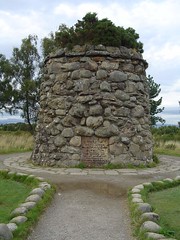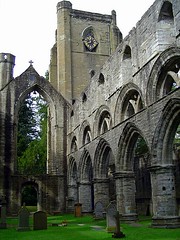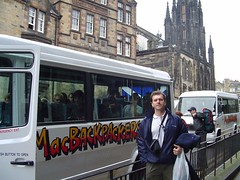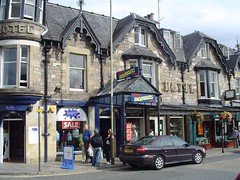
The Culloden Batle Field - Culloden - Scotland/UK
© All rights reserved
Originally uploaded by { Planet Adventure }.
En: The Memorial Cairn
The Battle of Culloden (April 16, 1746), was the final clash between the Jacobites and the Hanoverians in the 1745 Jacobite Rising. It was the last battle to be fought on mainland Britain, and brought the Jacobite cause—to restore the House of Stuart to the throne of Great Britain—to a decisive defeat from which it never recovered.
The Jacobites—most of them Highland Scots—supported the claim of Charles Edward Stuart (aka "Bonnie Prince Charlie" or "The Young Pretender") to the throne; the British army, under the Duke of Cumberland, younger son of the Hanoverian sovereign, King George II, supported his father's cause.
The aftermath of the battle was brutal and earned the victorious general the name "Butcher" Cumberland. Charles Edward Stuart eventually left Britain and went to Rome, never to attempt to take the throne again. Civil penalties were also severe. New laws dismantled the Highlanders' feudal clan system, and even highland dress was outlawed.
See the whole article here
More photos:
 |  |







